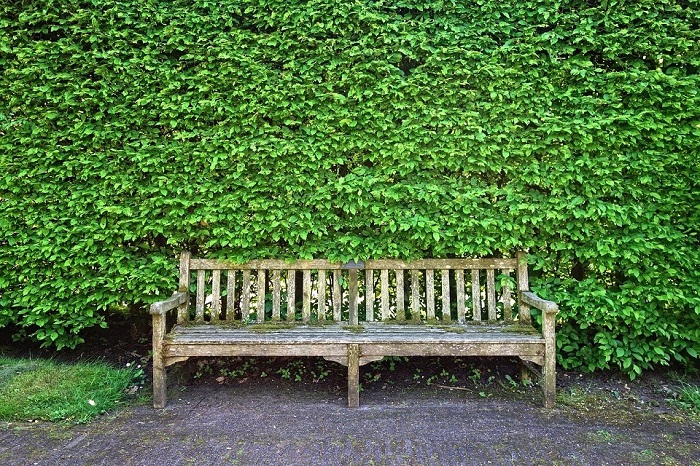Tips on planting hedges - Ask the Expert
22nd Feb 2021
The British love a hedge. They can be ornamental as well as boundary markers. Hedges can attract wildlife and they also make great windbreaks and home gardeners and landscapers alike enjoy planting and maintaining their hedges. We supply a lot of hedging and on this page we’ve answered the most common questions we’re asked by our customers.
What’s the difference between pot grown and root ball hedging?
Pot grown is pretty much self-explanatory. The hedging plants are grown in individual pots ready to be depotted and planted in your garden. Root ball hedging on the other hand is delivered to you with their roots encased in a ball of soil wrapped in hessian. Unlike pot grown hedging which can be bought all year-round root ball hedging is only available during the dormant season.
When can I buy root ball hedging?
You can purchase root ball hedging from Direct Plants from around October to March.
How do I plant root ball hedging?
Once you receive your delivery from us your hedging should be planted as soon as possible. However, they can be kept for a day or two if necessary. The plants are supplied with the root ball encased in hessian. This is biodegradable so doesn’t need to be removed when planting.
Ensure the roots have been well watered. You can keep the root balls in water for an hour or so before planting.
Dig a trench along your chosen hedge line to the depth of the root ball and make sure it is at least 10-20cm wider than the root ball. Add compost to the bottom of the trench and mix with the soil.
Place the plants into the trench keeping the recommended distance between each plant. You can find planting recommendations on our website but generally mature root ball hedging should be spaced a half to one metre apart.
Refill the trench with the soil previously dug out and tread it down firmly. After planting water well and keep the hedging well-watered for the twelve months following planting.
How fast does hedging grow?
It depends on the variety but most hedging is fast growing up to around 60cm a year. Varieties such as conifers may grow even faster. You can read a blog article here on the fastest growing hedging.
I need a hedge fast. What can I do?
If you move house, take down a fence or just fancy a change you don’t want to be waiting years for the hedge to establish itself. That’s OK we have a wide choice of mature hedging plants already grown up to four feet tall available as bulk buys. If you need a long hedge you can buy by the pallet load.
When should I plant my hedge?
Generally speaking, early spring or late autumn are the best times to plant a hedge. However, root ball hedging can be purchased and planted throughout the winter. They will be dormant so planting in winter will ensure they will thrive when the warmer spring weather comes round. The small roots under the soil will actually start to grow straightaway. You are guaranteed to be ahead of the game when spring and summer arrive.
Are hedges easy to grow?
Take care when planting and your hedge should flourish without much maintenance. Make sure they are well watered in the year following planting and you can add some compost to the base of the plants once a year. Evergreen hedges especially can be left more or less to their own devices aside from trimming of course.
When should I cut my hedge?
You can, in theory, cut as many times as you like per year. However, we recommend you only cut once or twice a year. Spring and early autumn are best times to trim your hedge.
My hedge has a gap in it. What can I do?
Gaps can occur if the hedging plants were put into the ground too far apart. If there are gaps in your hedge you do have a couple of options. Sometimes, if the gap is narrow, all you need to do is to trim the branches either side of the gap to allow more sunlight to stimulate growth to fill the gap. Alternatively, if the gap is wide, you will have to plant. Choose a plant which is the approximate height of the existing hedge to seamlessly integrate it.
Click here to see the full range of hedging currently available from our nursery.
Return to the Ask the Expert page for more gardening tips and advice


